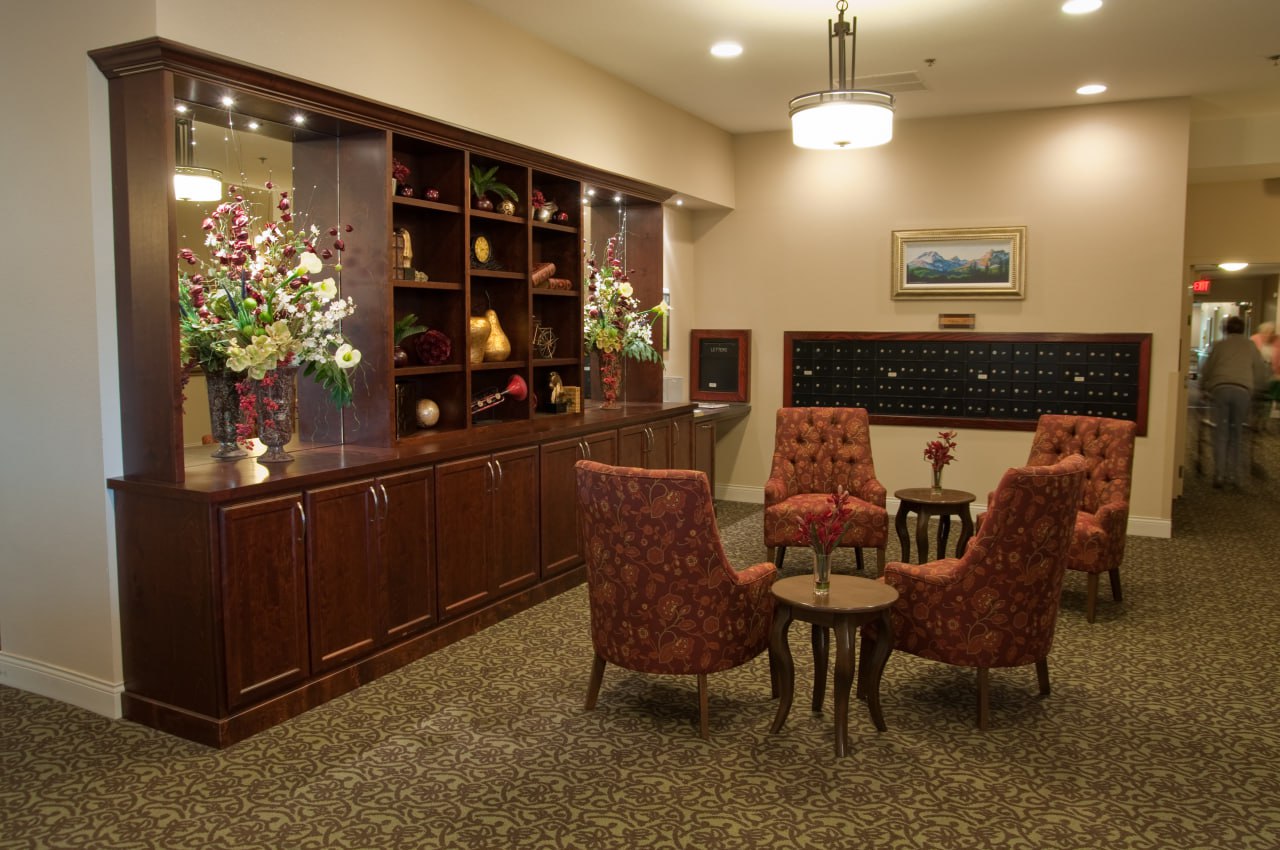In today’s world, sustainability and energy efficiency have become paramount considerations for homeowners looking to remodel their houses. As a remodeling contractor, it’s crucial to stay ahead of the curve and offer environmentally-friendly and energy-efficient options to meet the growing demand for eco-conscious home renovations. This guide explores various strategies, materials, and technologies that can help you provide whole house renovation services that align with these priorities. We’ll also discuss the benefits of incorporating green practices into your business, ways to provide accurate remodeling quotes, and showcase some inspiring home remodeling before and after projects that emphasize sustainability.
The Growing Demand for Environmentally-Friendly and Energy-Efficient Remodeling
As awareness about environmental issues and energy conservation continues to rise, homeowners are increasingly seeking ways to reduce their carbon footprint and lower their utility bills. This shift in consumer preferences has led to a growing demand for environmentally-friendly and energy-efficient remodeling options. Here are some reasons why you should consider incorporating these options into your services:
Market Demand: Consumers are more environmentally conscious than ever before. Offering eco-friendly remodeling solutions can attract a larger client base and set you apart from competitors who do not offer such options.
Energy Savings: Energy-efficient renovations can significantly reduce a homeowner’s energy bills over time, making them a financially attractive choice. Many homeowners are willing to invest upfront in green remodeling to enjoy long-term savings.
Environmental Impact: Environmentally-friendly renovations help reduce the overall environmental impact of construction and home improvement projects. This aligns with the global effort to combat climate change.
Regulatory Compliance: Building codes and regulations are evolving to include energy efficiency standards. Staying ahead of these regulations can prevent delays and ensure your projects meet compliance requirements.
Environmentally-Friendly Options for Whole House Renovation
Sustainable Materials
Recycled and Reclaimed Materials: Incorporating recycled or reclaimed materials into your whole house renovation projects is an excellent way to reduce environmental impact. Salvaged wood, reclaimed bricks, and recycled glass can add character to a home while conserving resources.
Sustainable Wood: Use FSC-certified (Forest Stewardship Council) or reclaimed wood for flooring, cabinetry, and other applications. These options help protect forests and promote responsible wood sourcing.
Low-VOC Paints and Finishes: Volatile Organic Compounds (VOCs) are harmful chemicals found in many paints and finishes. Choosing low-VOC or zero-VOC products ensures better indoor air quality and reduces environmental harm.
Energy-Efficient Appliances and Fixtures
Energy Star Appliances: Encourage homeowners to replace old appliances with Energy Star-certified ones. These appliances are designed to consume less energy while maintaining high performance.
LED Lighting: LED light fixtures are energy-efficient, have a long lifespan, and provide superior illumination. Suggest installing LED lighting throughout the renovated space to reduce electricity consumption.
Smart Thermostats: Installing smart thermostats can optimize heating and cooling, leading to energy savings. They can also be controlled remotely, offering homeowners greater flexibility and control over their home’s climate.
Insulation and Energy-Saving Techniques
Improved Insulation: Upgrade insulation in walls, attics, and crawl spaces to improve energy efficiency. Suggest using eco-friendly insulation materials like cellulose, fiberglass, or spray foam insulation.
High-Efficiency Windows and Doors: Replace old windows and doors with energy-efficient alternatives that offer better insulation and reduce drafts. Double or triple-glazed windows with low-E coatings can significantly improve thermal performance.
Air Sealing: Properly seal gaps and cracks in the building envelope to prevent air leaks. This reduces the workload on heating and cooling systems and helps maintain a consistent indoor temperature.
Solar Panels and Renewable Energy
Solar Photovoltaic (PV) Systems: Solar panels are a popular choice for homeowners looking to generate clean energy and reduce electricity bills. Consider offering solar panel installation as part of your whole house renovation services.
Geothermal Heating and Cooling: Geothermal systems use the stable temperature of the earth to heat and cool homes efficiently. Although installation costs can be higher, these systems offer long-term energy savings.
Providing Accurate Remodeling Quotes
Accurate remodeling quotes are essential to gain your clients’ trust and ensure a successful project. When offering environmentally-friendly and energy-efficient options, it’s crucial to provide transparent and precise estimates. Here are some tips:
Conduct a Thorough Assessment: Begin by conducting a comprehensive assessment of the existing home. This includes examining the structural integrity, electrical and plumbing systems, insulation, and more. Identify areas where eco-friendly upgrades can be incorporated.
Collaborate with Specialists: Work with experts in energy efficiency and green building practices to evaluate the potential improvements and calculate the energy savings. This collaboration can help you provide precise estimates for the added cost of eco-friendly options and the long-term savings homeowners can expect.
Consider Local Regulations: Be aware of local building codes and regulations related to green building practices. Ensure that your quotes account for any compliance requirements or permits needed for environmentally-friendly renovations.
Provide Detailed Cost Breakdowns: Present your quotes in a clear and detailed manner. Include the cost of materials, labor, permits, and any additional expenses related to green upgrades. Offering a transparent breakdown helps homeowners understand the value of eco-friendly options.
Offer Financing Options: Explore financing options for eco-friendly renovations, such as energy-efficient mortgages or government incentives. Inform your clients about these options to make the upfront cost more manageable.
Communicate the Long-Term Benefits: Clearly communicate the long-term benefits of environmentally-friendly and energy-efficient upgrades, such as reduced utility bills, increased home value, and improved comfort. Emphasize the return on investment (ROI) that these options can provide over time.
Home Remodeling Before and After: Inspiring Examples
To showcase the effectiveness of environmentally-friendly and energy-efficient whole house renovations, let’s explore some inspiring before-and-after examples:
Before: Outdated and Inefficient Home
The “before” scenario showcases a typical older home with outdated features, poor insulation, and inefficient appliances. The homeowner was experiencing high energy bills and discomfort due to temperature fluctuations.
After: Energy-Efficient Transformation
After the renovation, the home underwent a dramatic transformation. Here are the key changes:
Insulation Upgrade: The walls and attic received improved insulation, eliminating drafts and maintaining a consistent indoor temperature.
Energy-Efficient Windows: Old single-pane windows were replaced with double-glazed, low-E windows, reducing heat loss and increasing natural light.
Solar Panel Installation: A solar PV system was installed on the roof, providing clean energy and significantly reducing electricity bills.
LED Lighting: Energy-efficient LED lighting fixtures were installed throughout the house, reducing electricity consumption.
Energy Star Appliances: The kitchen was updated with Energy Star-certified appliances, including a refrigerator, dishwasher, and range.
Smart Thermostat: A smart thermostat was installed, allowing the homeowner to control heating and cooling remotely.
Results:
Energy Bills: The homeowner saw a substantial reduction in energy bills, leading to long-term cost savings.
Comfort: The improved insulation and energy-efficient upgrades resulted in a more comfortable living space.
Environmental Impact: The home’s carbon footprint was significantly reduced, contributing to environmental sustainability.
Increased Home Value: The eco-friendly renovations increased the home’s market value and attractiveness to potential buyers.
Before: Inefficient Layout and Wasted Space
In this “before” scenario, the home had an inefficient layout with wasted space. The kitchen was isolated from the rest of the living area, and the home lacked proper insulation and energy-efficient features.
After: Open and Energy-Efficient Design
The whole house renovation focused on creating an open and energy-efficient design. Key changes included:
Open Floor Plan: Walls were removed to create an open concept living space, improving natural light and airflow.
High-Efficiency HVAC System: A high-efficiency heating and cooling system were installed, reducing energy consumption.
Sustainable Flooring: Reclaimed wood flooring was used throughout the living area, adding character and sustainability.
Low-VOC Paints: Eco-friendly, low-VOC paints were used for the interior, ensuring better indoor air quality.
Energy-Efficient Lighting: LED lighting fixtures with dimmer controls were installed to enhance ambiance and reduce energy use.
Results:
Improved Functionality: The open floor plan created a more functional and inviting living space.
Energy Savings: The energy-efficient upgrades led to lower heating and cooling costs.
Sustainable Design: The use of reclaimed materials and low-VOC paints contributed to a sustainable and eco-friendly home.
As a remodeling contractor, embracing environmentally-friendly and energy-efficient options for whole house renovation is not only a responsible choice but also a smart business move. The growing demand for sustainable home improvements presents a significant opportunity to attract eco-conscious clients and differentiate your services from competitors.
By offering sustainable materials, energy-efficient appliances and fixtures, insulation improvements, renewable energy options, and accurate remodeling quotes, you can meet the expectations of environmentally-conscious homeowners. Additionally, showcasing inspiring home remodeling before and after projects that emphasize sustainability can demonstrate the tangible benefits of eco-friendly renovations.
- Incorporating these practices into your business not only aligns with the global effort to combat climate change but also positions your company as a leader in the industry. As the demand for eco-friendly renovations continues to grow, being a trusted provider of environmentally-conscious remodeling services can help your business thrive in the changing landscape of the construction industry.
- Remodeling Contractors Salem OR
- Additions Salem OR
- General Contractor Salem
- Custom Home Builders Salem OR
- Bathroom Remodel Salem OR
- Kitchen Remodel Salem OR
- Bathroom Remodeling Salem OR
- Kitchen Remodeling Salem OR
- Remodeling Contractor Salem OR
- Remodeling Salem

